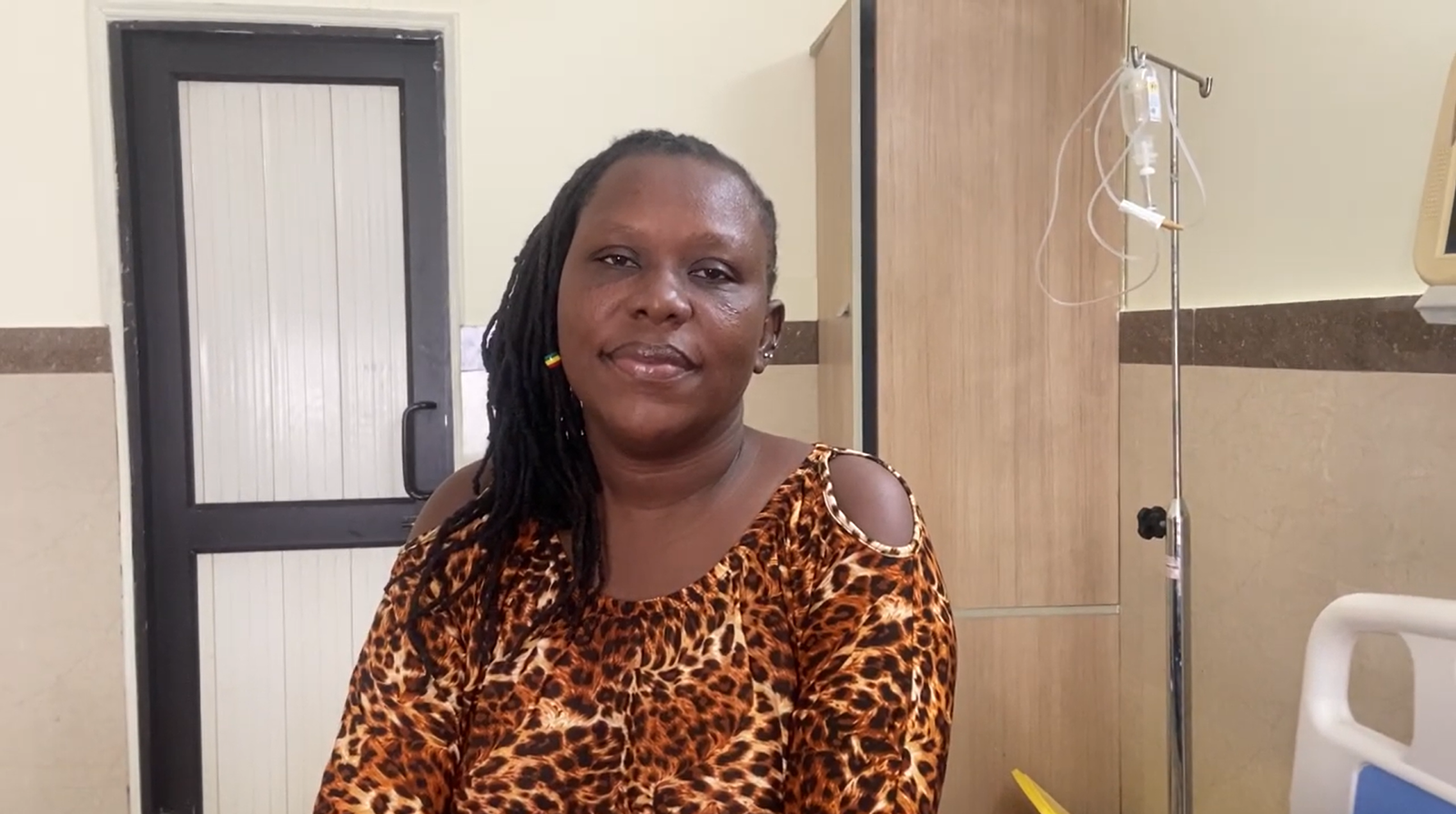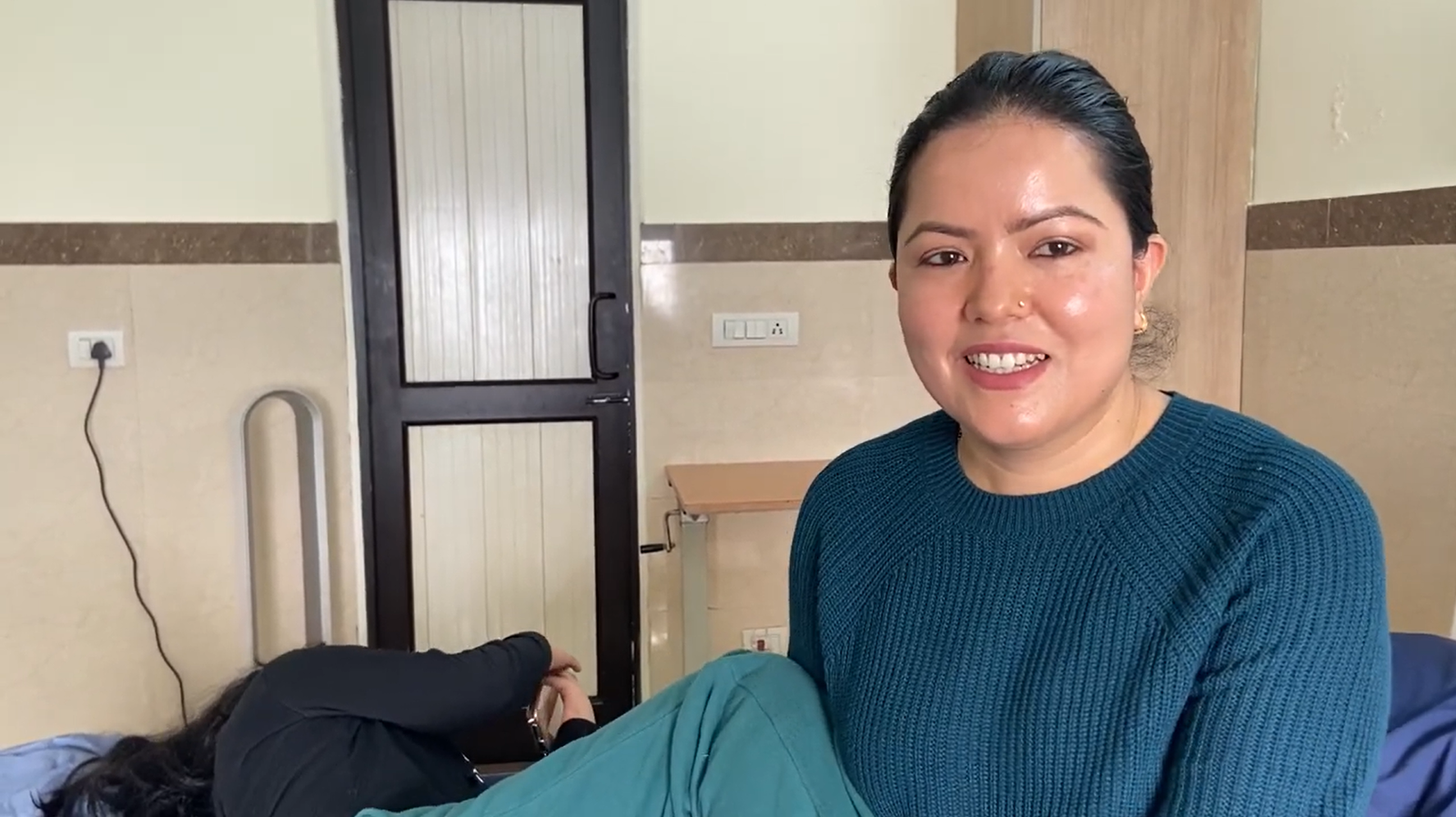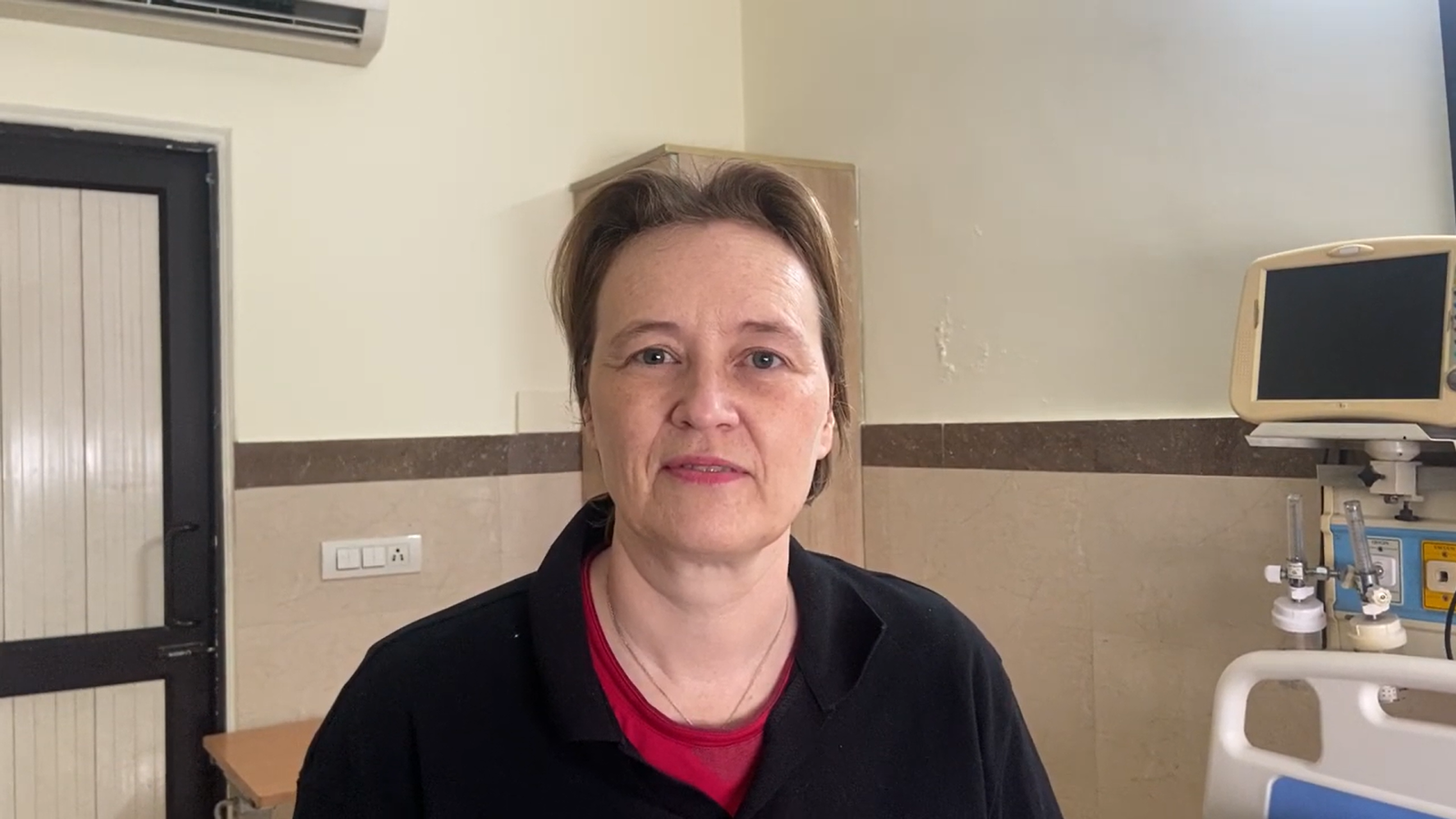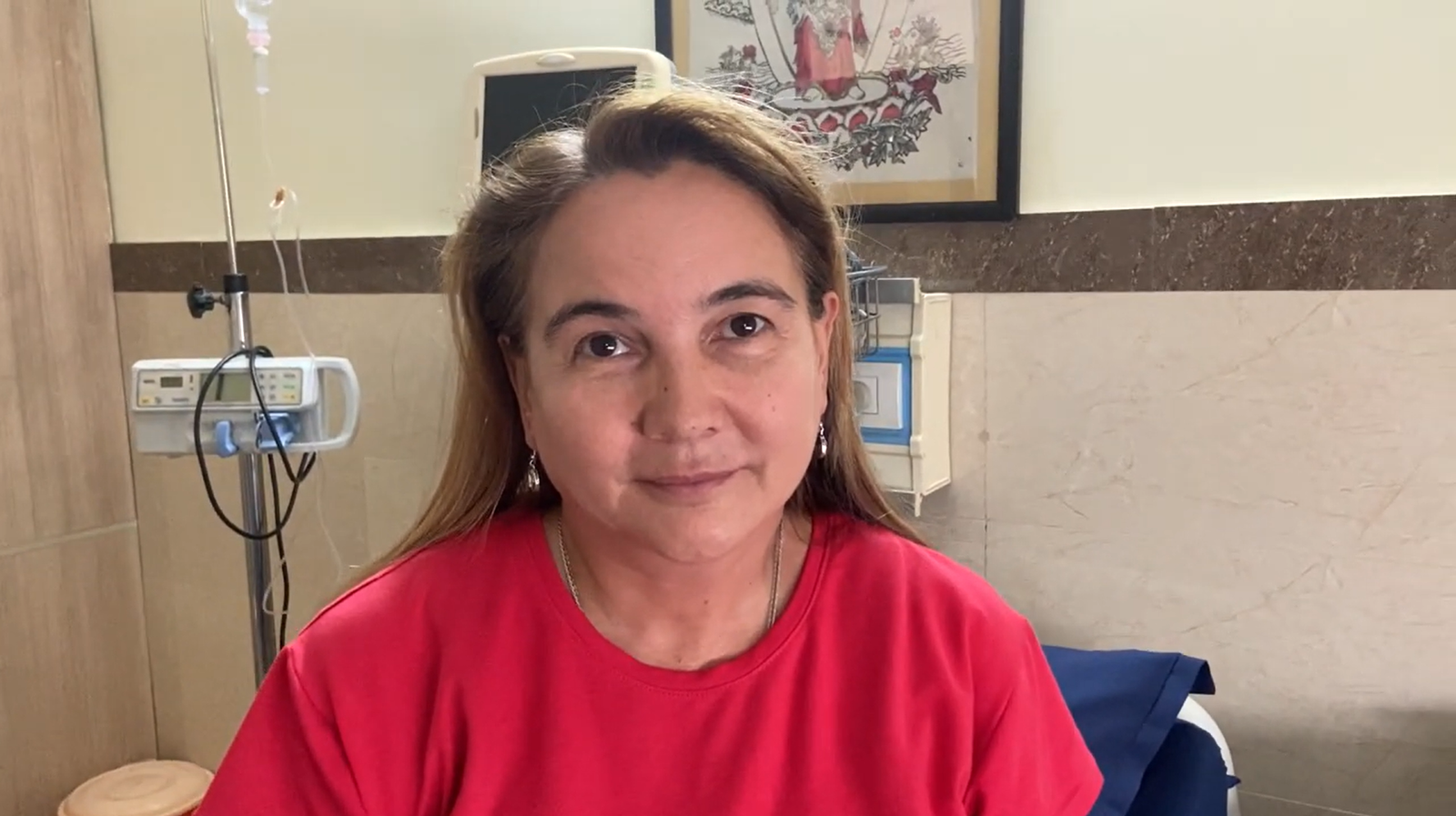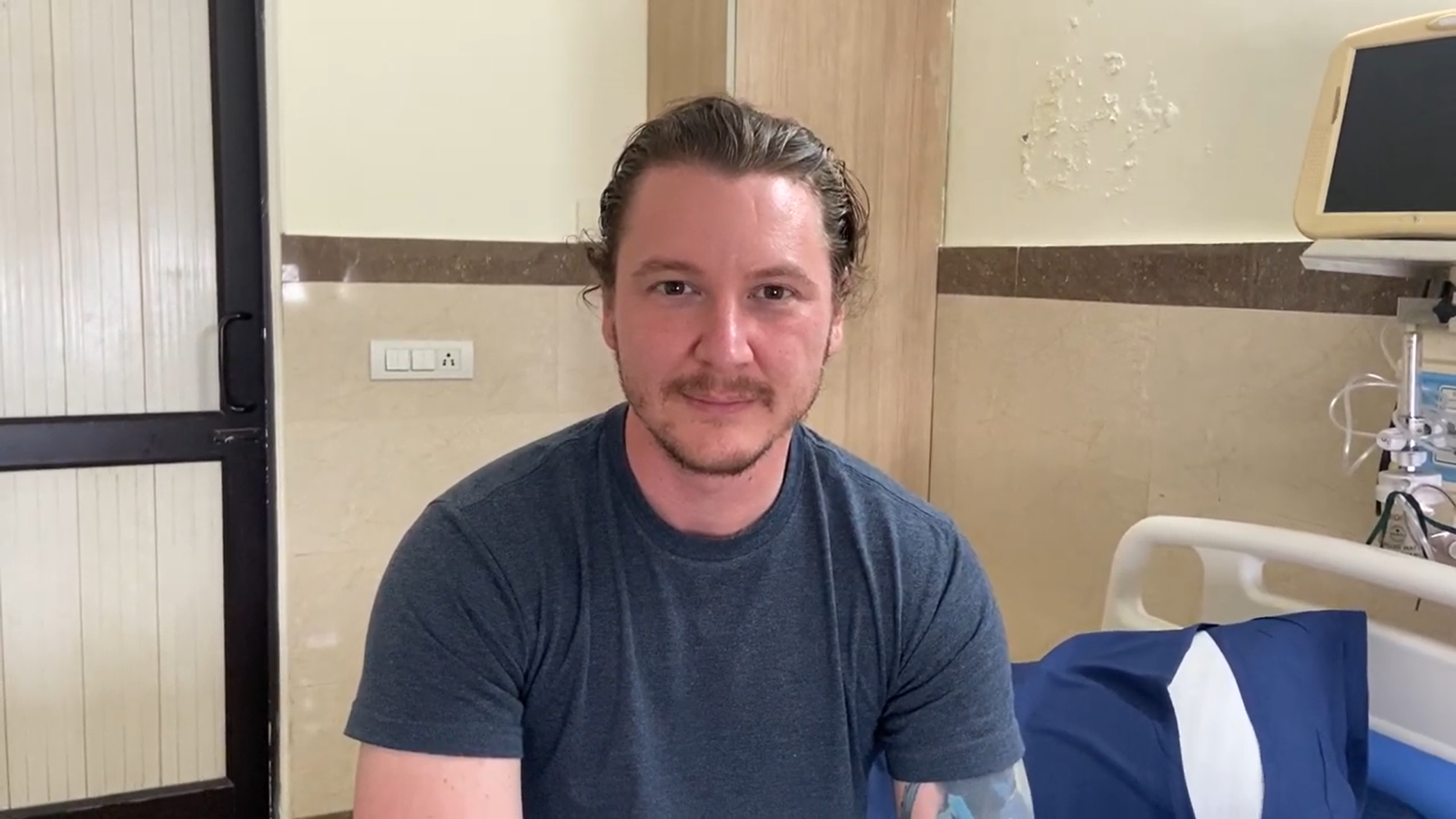Exosome Therapy for Major Skin Abrasion

Exosome therapy provides a potential approach to heal severe skin injuries. They are small vesicles that facilitate cellular communication and tissue repair. It is a new kind of treatment in which recovery takes place quicker because it advances the process of tissue regeneration and reduces the associated inflammation.
It achieves this effect by directly delivering essential cellular molecules, including proteins and RNA, to the target area to enhance the body’s intrinsic repair mechanisms. Exosome treatment is starting to evolve because it provides people with a less intrusive method that is proven to produce fewer side effects than traditional methods. This modern technique can be a very quick remedy for people seeking to recover quickly from heavy injuries inflicted on their skin.
Role of Exosomes in Cell Communication and Healing
Exosomes are small intracellular vesicles released by cells for communication, repair, or similar. They are similar to those body messengers, carrying vital information from one cell to another. It contains proteins, lipids, and genetic material (RNA) that exerts the ability to influence the behavior of cells. They play a very important role in sending signals between cells, which is much needed for the homeostasis of tissue repair and immune response. Being a vessel having the capability to transfer information, it can be a system by which to understand the possibility of using it to treat disease and injury such as heart disease, cancer, even skin wounds:
- Communication of Cells: Exosomes allow cells to converse with each other by carrying crucial molecules, including proteins and RNA.
- Cell Repair: Exosomes carry signals that may mediate tissue repair, such as in the case of damaged skin, heart, or nerve cells.
- Immune Response: They can work by modulating the immune system by carrying information regarding the activation or suppression of immune cells.
- Regeneration: Exosomes can be very useful to treat damaged organs by regenerating healthy cells.
- Disease Treatment: Exosomes are currently under research for use in diseases such as cancer, heart disease, and neurodegenerative disorders since they target specific cells.
Researchers are currently working to find out how exosomes could be used in therapies to further improve a body’s ability to heal naturally, plus delivering drugs directly to diseased cells.
Healing Mechanism of Exosomes for Skin Abrasion
In the past years, exosomes have been a focus in skin healing and regeneration as they can release vital molecules like proteins, lipids, and DNA to injured cells. Exosomes can regenerate cells in healthy skin tissues, induce repair, reduce inflammation, and even endorse healing when applied on damaged or injured tissues. It is a promising treatment for skin disorders, injury, aging, and environmental damage, because it delivers healing signals directly to the affected regions through exosomes:
Step1: Release of exosomes: Whenever the skin cells are injured, they release exosomes. These vesicles carry healing factors that tell other cells to start fixing up.
Step2: Migration to the site of damage: Exosomes travel to where the skin is damaged. They can travel along the circulatory system or straight to the site of the damage. It assures the need of the cells to that particular region.
Step3: Cell Communication: After moving to the site of injury, exosomes combine with the adjacent skin cells by attaching to the outer lipid bilayer of the cells. On attachment, they open the membrane for the healing messages inside them to transfer inside the cells.
Step4: Activation of Repair Processes: Inside the skin cells, the messages from the exosomes switch on a combination of repair processes including stimulation of growth of more skin cells, reduction of inflammation, and promotion of new blood vessels.
Step5: Collagen Production: The last building block of healthy skin is collagen. Exosomes cause the cells that create collagen, the fibroblasts, to produce more and provide the skin with a much smoother and firmer appearance.
Step6: Regeneration of Skin Layers: Finally, exosomes help in the regrowth of new layers of the skin. They help young cells to grow into their appropriate areas instead of damaged or unhealthy cells to provide a healthier, stronger skin surface.
Types of Skin Abrasion That Exosome Therapy Can Treat
Skin abrasion is an injury where the epidermis of the skin is abraded or damaged. Friction, injury, and environment are factors that may cause abrasions. Abrasions are often very painful, and unless they are treated correctly, there may be inflammation or infection. Within the last couple of decades, exosome therapy has been shown to be effective in treating skin abrasions. Exosomes are small entities carrying the action of cell signaling and tissue repair. Exosome therapy would heal wounds inflicted on the skin faster with the least possible scar and quicker tissue regeneration.
- Superficial Abrasions: These are the cuts that only scar the outer layer of the epidermis. Treatment of exosomes may facilitate healing much faster, reduce redness, and regain smoothness of the skin.
- Deep Abrasions: These cuts in the epidermis go deep and take a long time to heal. Exosome therapy helps people heal faster. This is because it initiates cell proliferation at the wound site with a lesser chance of scarring.
- Scratches and Scrapes: Some abrasions occur from accidents or falls and result from the rubbing off of skin. Exosome therapy can promote healing of the skin, which will provide less chances of infection.
- Burn Abrasions: Burns, whether through flame or friction damage, can impair the skin and form an abrasion. Exosome therapy can accelerate the repair of the skin, decrease inflammation, and promote further cell formation.
- Post Surgical Scratches: In some cases, the skin can be scratched during surgery or during various treatments that are often conducted on patients. Exosome therapy would speed up the healing of wounds and reduce scarring.





